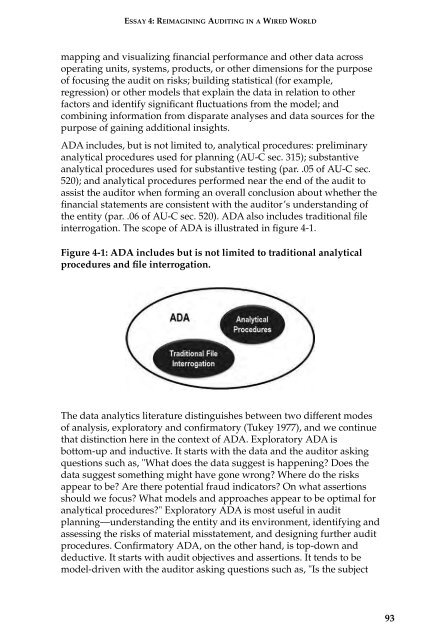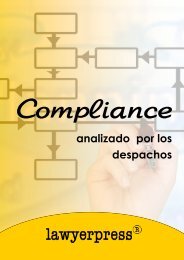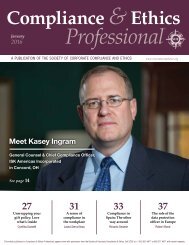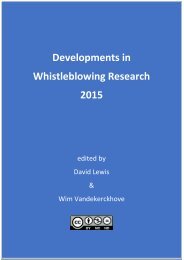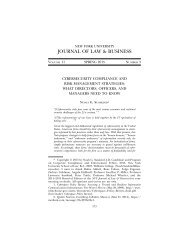AUDIT ANALYTICS AUDIT
x8YaD9
x8YaD9
- No tags were found...
Create successful ePaper yourself
Turn your PDF publications into a flip-book with our unique Google optimized e-Paper software.
ESSAY 4: REIMAGINING <strong>AUDIT</strong>ING IN A WIRED WORLD<br />
mapping and visualizing financial performance and other data across<br />
operating units, systems, products, or other dimensions for the purpose<br />
of focusing the audit on risks; building statistical (for example,<br />
regression) or other models that explain the data in relation to other<br />
factors and identify significant fluctuations from the model; and<br />
combining information from disparate analyses and data sources for the<br />
purpose of gaining additional insights.<br />
ADA includes, but is not limited to, analytical procedures: preliminary<br />
analytical procedures used for planning (AU-C sec. 315); substantive<br />
analytical procedures used for substantive testing (par. .05 of AU-C sec.<br />
520); and analytical procedures performed near the end of the audit to<br />
assist the auditor when forming an overall conclusion about whether the<br />
financial statements are consistent with the auditor’s understanding of<br />
the entity (par. .06 of AU-C sec. 520). ADA also includes traditional file<br />
interrogation. The scope of ADA is illustrated in figure 4-1.<br />
Figure 4-1: ADA includes but is not limited to traditional analytical<br />
procedures and file interrogation.<br />
The data analytics literature distinguishes between two different modes<br />
of analysis, exploratory and confirmatory (Tukey 1977), and we continue<br />
that distinction here in the context of ADA. Exploratory ADA is<br />
bottom-up and inductive. It starts with the data and the auditor asking<br />
questions such as, "What does the data suggest is happening? Does the<br />
data suggest something might have gone wrong? Where do the risks<br />
appear to be? Are there potential fraud indicators? On what assertions<br />
should we focus? What models and approaches appear to be optimal for<br />
analytical procedures?" Exploratory ADA is most useful in audit<br />
planning—understanding the entity and its environment, identifying and<br />
assessing the risks of material misstatement, and designing further audit<br />
procedures. Confirmatory ADA, on the other hand, is top-down and<br />
deductive. It starts with audit objectives and assertions. It tends to be<br />
model-driven with the auditor asking questions such as, "Is the subject<br />
93


